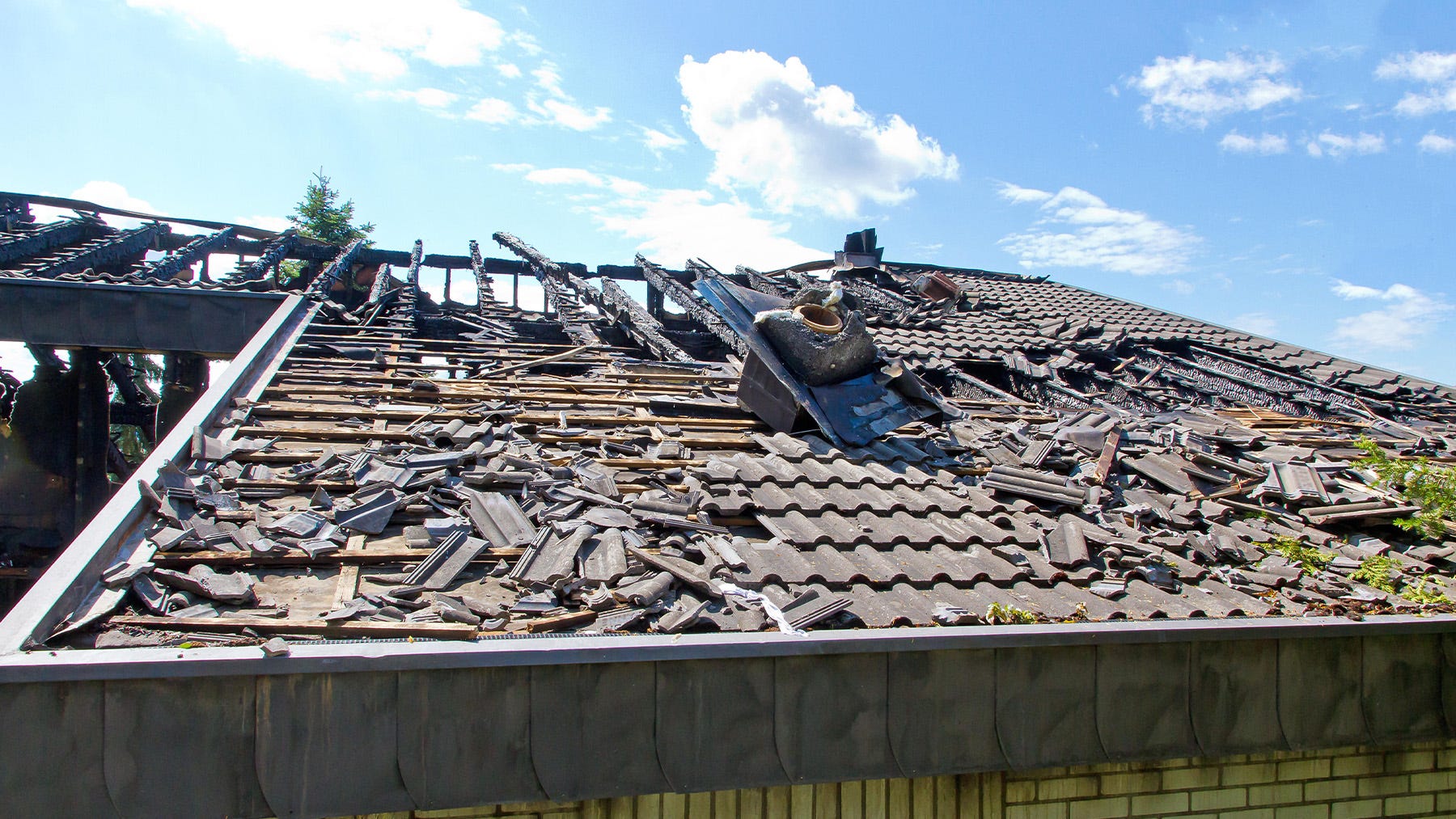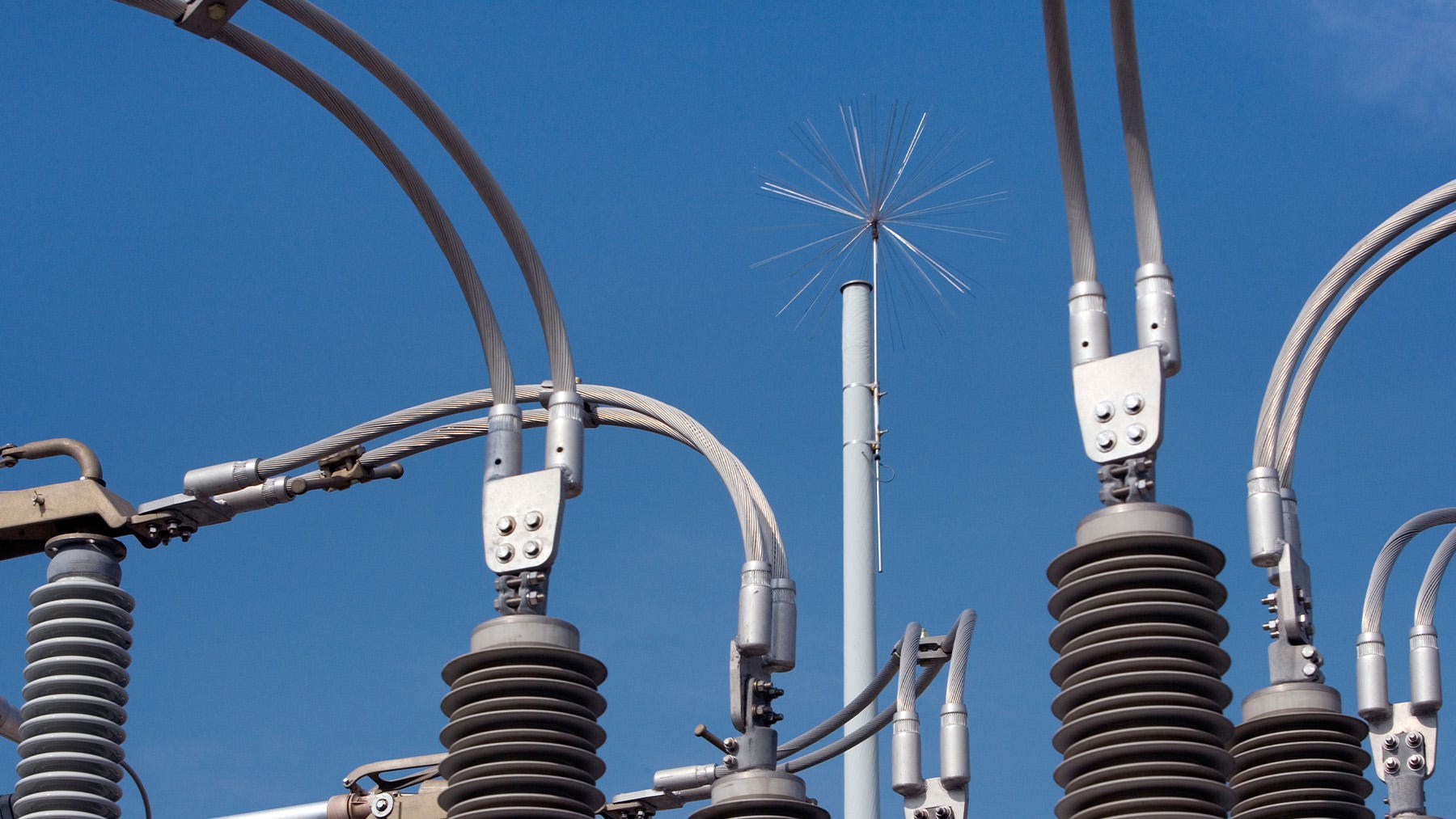
Insight and analysis on the data center space from industry thought leaders.
Why Data Center Lightning Protection Requires More Than Just Lightning RodsWhy Data Center Lightning Protection Requires More Than Just Lightning Rods
Protecting your data center from lightning requires more than just rods. Mike Leksan explains how advanced lightning protection solutions can safeguard your infrastructure.
August 23, 2024

Lightning strikes pose a formidable risk to facilities equipped with rooftop antennas, such as data centers, hospitals, and sports venues. Research shows that for every one degree Celius of global warming, lightning strikes will increase by about 12%.
Traditional lightning rods, while effective in preventing direct structural damage to data centers, do not safeguard against lightning surges that can cripple sensitive in-building electronic equipment. This is where lightning arrestors come in.
Lightning Strikes: Understanding the Risk
Each year, lightning strikes cause economic damage to commercial properties. In the US alone, lightning-related damage and disruptions are estimated to cost up to $10 billion annually.
Lightning rods attract lightning and ground the strike, but they can add other risks that have been overlooked. For example, when lightning hits an external antenna, it generates an electromagnetic pulse that can travel down a coaxial cable into the building. This pulse can instantly fry circuit boards, erase data, and render critical communication equipment inoperable.
For data centers, this type of damage can lead to substantial data loss, prolonged downtime, and costly repairs. In hospitals, the stakes are even higher as the reliability of medical devices can directly impact patient care and safety.
Sports venues also face unique challenges, as their broadcasting and security systems are vital for event management and safety protocols, which if failed, can result in significant financial and reputational damage.

A damaged roof in the aftermath of a lightning strike
The Limitations of Conventional Lightning Rods
While lightning rods are designed to safely ground the electrical charge of a lightning strike, they do nothing to address the electromagnetic pulses that might enter via rooftop antennas. These pulses can travel along any metallic structure or wiring, including coaxial cables used for antennas, potentially impacting any connected systems regardless of their physical distance from the strike point.
Lightning strikes cause substantial economic damage to commercial properties. Here are some key statistics relating to lightning strikes and the damage they can cause:
Frequency: Globally, there are around four billion lightning strikes each year, with the US experiencing approximately 25 million cloud-to-ground strikes annually.
Cost of Damage: In the US alone, lightning-related damage and disruptions cost $8 to $10 billion annually, with this figure rising nearly 20% per year, according to Insurance Business America.
Commercial Building Damage: Fires resulting from lightning strikes account for 3% to 5% of all US commercial property insurance claims, translating to more than $2 billion annually in covered payouts to small and medium-sized businesses.
Risk Factors to Consider
There are many different factors to consider as you assess your lightning risk. Completing a lightning strike preparedness survey is key to making a decision that makes sense for your business.
These surveys will look at things like geography, structure type, type of construction, relative location, topography, occupancy and contents, and lightning frequency. Each of these factors is scored and the higher the number, the higher the overall risk of potential lightning damage.

A lightning arrestor on an electrical power transfer station
How Lightning Arrestors Improve Data Center Safety
A lightning arrestor is not a lightning rod. It is a solution specifically engineered to protect electronic infrastructure against the electromagnetic surges caused by lightning strikes.
Installed at the point where rooftop antenna cables enter your building, the arrestor unit serves as a gatekeeper, preventing surges from entering the building and damaging sensitive equipment.
Key features of a lightning arrestor should include:
Advanced Surge Mitigation: The arrestor unit needs to use technology to neutralize surges, providing robust protection against lightning impacts.
Easy Integration: The arrestor unit can be seamlessly integrated without the need for extensive modifications.
Durable and Reliable: The arrestor unit needs to withstand harsh weather conditions, ensuring long-term protection with minimal maintenance.
Why a Lightning Arrestor is a Must-Have
No facility equipped with external antennas can afford to overlook the critical importance of a lightning arrestor unit. Lightning rods don’t provide a complete solution.
With tens of millions of cloud-to-ground lightning strikes occurring annually in the US alone, and global lightning strikes numbering approximately 1.4 billion each year, the risk is not just probable – it’s inevitable.
For businesses located in areas like Florida and Texas, where lightning strikes are particularly frequent and intense, adopting advanced protective measures is imperative.
The cost of installing a lightning arrestor is significantly outweighed by the potential losses from lightning damage, both to facilities and the disruptions they cause.
This makes lightning arrestors a wise, forward-thinking investment for any business committed to safeguarding its assets against the volatile forces of nature.
Stay protected, stay operational, and don’t let lightning put a cloud over your business’s future.
Mike Leksan is the owner of Red Cloud Wireless Voice and Data. He’s an expert on antenna technology and lightning risk.
About the Author
You May Also Like









